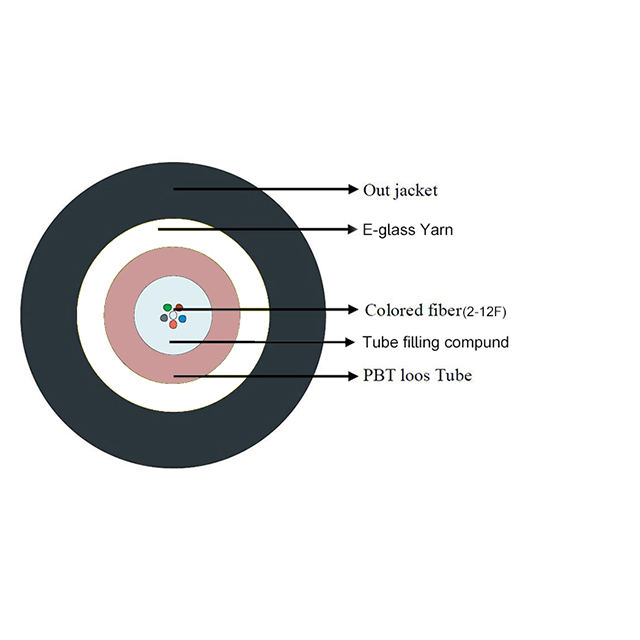Understanding the Role of Fiber Optic Cables in Long-Distance Communication

In today's interconnected world, the need for efficient and reliable long-distance communication is more crucial than ever before. Bridging distances and ensuring seamless connectivity is made possible by the remarkable technology of fiber optic cables. These cables play a vital role in enhancing long-distance communication by providing high-speed data transmission, minimal signal loss, and increased bandwidth capacity.
Unveiling the Science Behind Fiber Optic Cables
Fiber optic cables consist of thin strands of optically pure glass or plastic that transmit data using pulses of light. The inner core, made of either glass or plastic fibers, serves as a pathway for carrying these light signals. Surrounding the core is the cladding, which has a lower index of refraction to enable total internal reflection within the fiber. To protect the fragile fibers, an outer jacket or sheath is added.
Unlike traditional copper cables, fiber optic cables transmit data by converting electrical signals into light. This conversion allows for extremely fast transmission speeds and minimal signal degradation over long distances. Additionally, the optical nature of fiber optics makes them immune to electromagnetic interference, ensuring a more reliable communication network.
The Role of Fiber Optic Cables in Long-Distance Communication
1. High-Speed Data Transmission: Fiber optic cables enable the transmission of data at near the speed of light. With the capability to carry a vast amount of information simultaneously, these cables support high-speed internet, video streaming, and real-time communication without latency issues.
2. Minimal Signal Loss: Fiber optic cables have the advantage of low signal attenuation, meaning they can transmit data over longer distances with minimal loss of signal quality. This allows for much greater reach compared to traditional copper cables.
3. Greater Bandwidth Capacity: With the continuous growth of data-intensive applications, fiber optic cables offer a significantly higher bandwidth capacity compared to copper cables. This increased capacity ensures that the network can handle the ever-increasing demand for data-intensive activities such as cloud computing, online gaming, and video conferencing.
The Impact of Fiber Optic Cables on Communication Infrastructure
Fiber optic cables have revolutionized the communication infrastructure, transforming the way businesses and individuals connect across long distances. The benefits of fiber optics extend beyond high-speed internet and improved phone call quality. They have paved the way for advancements in various sectors, including healthcare, education, finance, and entertainment.
1. Telemedicine and Remote Healthcare: Fiber optic cables enable the seamless transmission of medical data, allowing healthcare professionals to remotely diagnose, monitor, and treat patients in real-time. This has greatly improved access to healthcare services, especially in remote areas.
2. Online Learning and Virtual Classrooms: Fiber optic cables support the delivery of high-quality educational content over long distances. Students can participate in virtual classrooms, access online resources, and collaborate with teachers and peers across the globe, bridging the gap between geographical boundaries.
3. Financial Transactions and Secure Data Transfer: The speed and security offered by fiber optic cables have transformed the financial sector. High-frequency trading, online banking, and secure data transfer have become more efficient and reliable, ensuring the protection of sensitive information.
4. Entertainment and Media Streaming: Fiber optic cables have revolutionized the entertainment industry by facilitating seamless streaming of high-definition video, on-demand content, and online gaming. Users can enjoy uninterrupted entertainment experiences, regardless of their geographical location.
The Future of Long-Distance Communication
The potential of fiber optic cables is far from being fully realized. As technology continues to advance, we can expect even faster transmission speeds, increased bandwidth capacity, and greater network reliability. The deployment of fiber optic cables is an ongoing endeavor, with efforts aimed at expanding coverage and bridging the digital divide worldwide.
In conclusion, fiber optic cables are the backbone of long-distance communication, enabling us to bridge distances and connect with one another seamlessly. With their ability to transmit data at lightning-fast speeds, minimal signal loss, and increased bandwidth capacity, these cables have become a vital component of our interconnected world.


